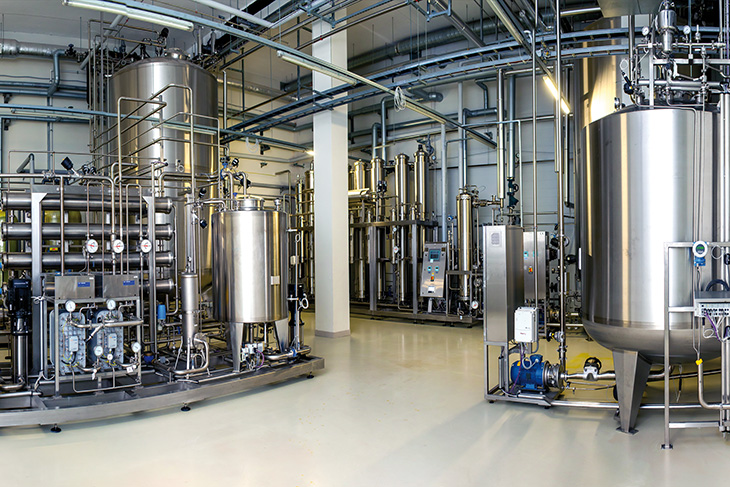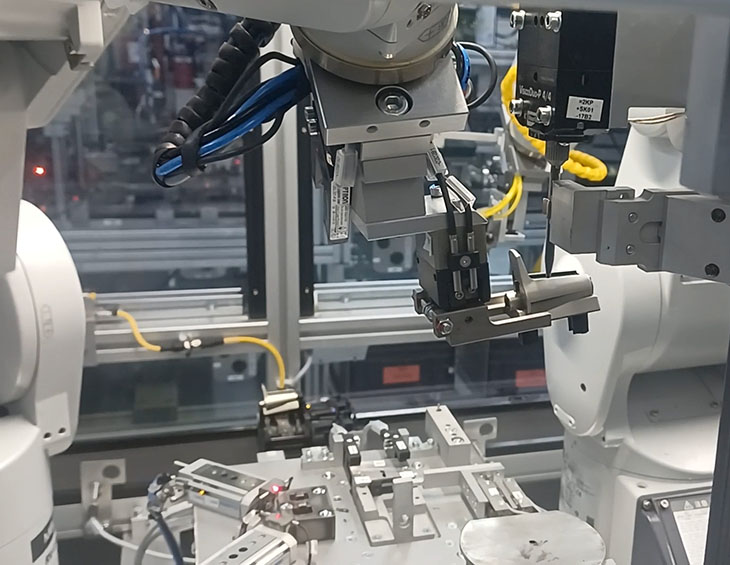Metal is often the material of choice when fabricating industrial structures. It’s durable, sturdy, and will last for years or decades without needing much maintenance or repair.
Unfortunately, metal provides little to no protection from extreme heat or cold, making it more difficult to climate control interior spaces. Adding insulation is one option to help companies overcome the downsides of metal building construction. Follow along for the ultimate guide to insulate a metal building.
Deciding Whether the Building Needs Insulation
The first step in insulating a metal building is deciding whether it needs insulation in the first place.
Many contractors and building owners decide to forgo installing insulation during the construction phase because of installation costs or simply because it wasn’t deemed necessary. If the structure’s interior doesn’t need to be climate controlled and there’s no HVAC system struggling to keep it cool in the summer and warm in the winter, there’s no need to take on the extra expense and hassle of installing insulation.
That perspective is beginning to change. The push for sustainability and energy efficiency has building owners hunting for ways to reduce their energy consumption and shrink their carbon footprint. Insulating existing structures is more sustainable and cost-effective than tearing down existing structures and starting from scratch.
The first step is deciding whether your building requires insulation. If the answer is yes, move on to the next step.
Choosing the Right Type of Insulation
Step two is deciding on the correct type of insulation for your application if you choose to insulate a metal building. There are many types of insulation you can choose from, each with its pros and cons. Here are some you might consider for this type of project.
Loose-Fill Insulation
Loose-fill insulation comprises small pellets or loose insulation fibers propelled into enclosed spaces with an air jet. It can get messy if there are leaks in the ducting or the building itself, and this solution can be more expensive than some of the other options on this list. On the plus side, it’s easier to fill awkward corners or spaces that different types of insulation might miss.
Spray-Foam Insulation
Instead of using loose insulation and an air current, spray foam is delivered in a liquid state, expanding to fit the space it’s in. In addition to providing good insulation, spray foam helps seal the building by filling in any nooks and crannies, making them airtight.
Fiberglass Insulation
Fiberglass insulation comes in rolls you can nail or staple into walls and ceilings. It’s the least-expensive insulation option, but fiberglass is also durable. It can be challenging to work with, however. You need to wear a mask and protective clothing because the individual fibers can irritate the skin, eyes, and airways.
Insulated Panels
Take some foam core and sandwich it between two pieces of metal and you’ve got insulated panels. These are a relatively more expensive option, but once you have all the associated measurements, they’re quick to install and incredibly durable. They also look much better than some other insulation options and don’t require additional panels to create a finished look.
Reflective Foil
If you’re looking for a way to insulate a metal building while making the interior brighter, reflective foil – also known as foil bubble – is a waterproof type of insulation that’s easy to install. It doesn’t require any protective gear like fiberglass insulation rolls, but it is more expensive than some other options.
Installing a Radiant Barrier
In addition to installing insulation in your building, you may also wish to install a radiant barrier. These barriers are made of aluminum foil and help moderate interior temperatures by blocking the transfer of heat between a heat-producing or -radiating source (such as a metal roof under the afternoon sun) and a heat-absorbing surface (such as insulation).
One study by the Florida Solar Energy Center found that aluminum radiant barriers block up to 95% of the heat from a home’s roof, preventing it from reaching the insulation below. With this information in mind, you may wish to install a radiant barrier in addition to your choice of insulation to optimize the structure’s energy efficiency.
Downsides of Insulating a Metal Building
One of the primary benefits of a metal building is its lack of flammability. Without outside assistance, the steel panels or frame of the structure will not catch fire. Most modern insulation is treated with fire-retardant chemicals, but it isn’t fireproof, which increases the potential flammability of the structure.
Some types of insulation, such as fiberglass or loose fill, are also soft and can attract nesting pests like rats, mice, or squirrels.
Creating a Greener Future
Energy efficiency can be challenging to achieve or maintain in a metal building because of the material’s thermal conductivity. Creating a more energy-efficient and sustainable future means taking the necessary steps to make these existing structures more energy-efficient.
Adding insulation to existing metal buildings is just the first step, but it’s one that can have a significant impact on the structure’s carbon footprint and overall energy usage. This guide to insulate a metal building can help point you in the right direction.
























